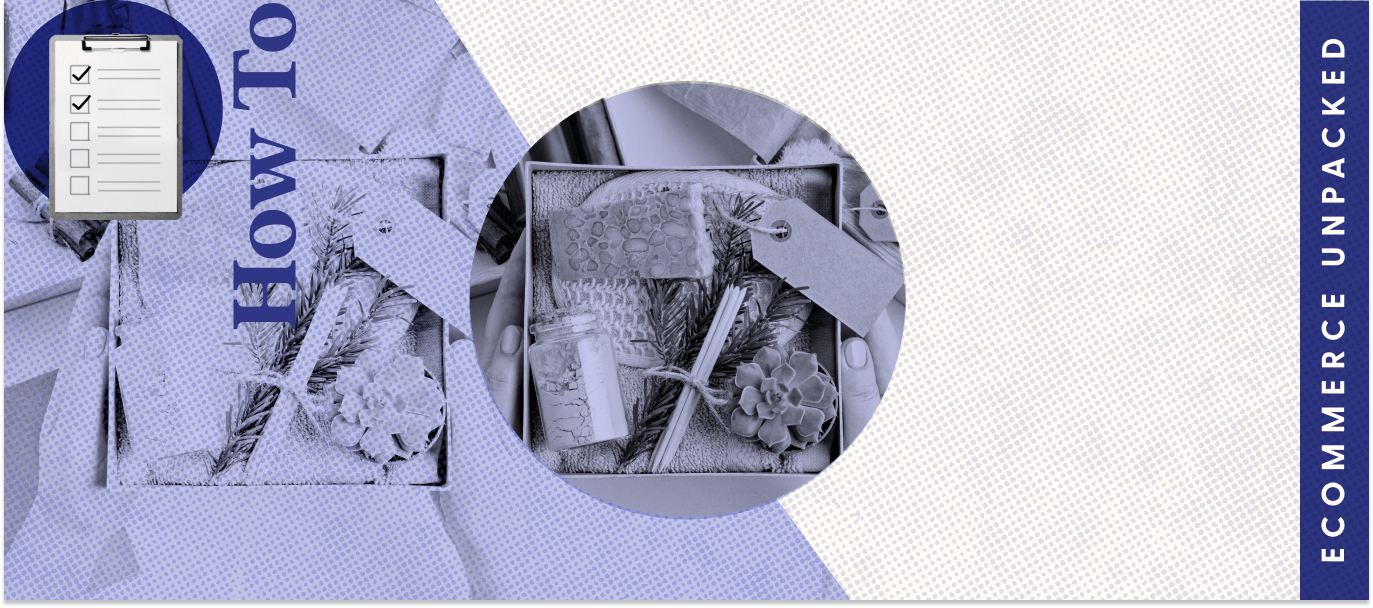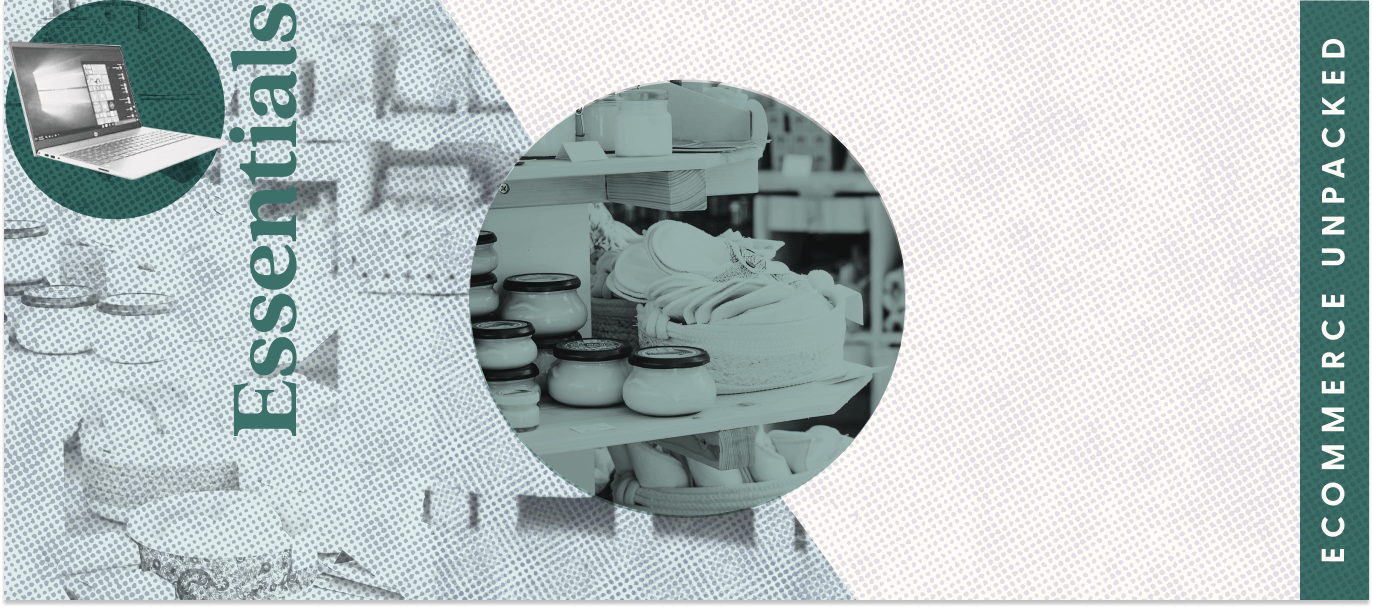Subscriptions were once the exclusive domain of publishing companies, but they are now a powerful sales tactic for ecommerce businesses selling everything from toilet paper to dog toys to food and beverages.
Forbes reports that the subscription service market may reach $904.2 billion by 2026. If you’re considering implementing a subscription model for your online store, read on to learn exactly what it takes.
Key takeaways
- Adding subscriptions to an ecommerce business comes with many potential benefits, including boosting customer retention, increasing LTV, and generating predictable revenue.
- Implementing subscriptions requires a number of steps, including curating products, setting prices, and choosing a subscription model.
What are subscription services?
A subscription service lets customers sign up to receive products or use services for an automatically recurring fee.
Amazon was one of the first ecommerce companies to use a subscription model, starting in 2005. Countless companies have since followed suit, such as Netflix, which boasts more than 2.5 million subscribers.
How can a subscription service business model help your ecommerce business?
Let’s explore some of the potential benefits of adding a subscription service to your online store.
- Boost customer retention
The Harvard Business Review reports that the cost of converting new customers is 5 to 25 times higher than the cost of retaining existing customers. Making those relationships last longer is a key way to widen your margins and grow your business.
Recurring subscriptions can help make that happen. Automatically recurring payments can keep your customers engaged and help you reduce churn by building a relationship with subscribers and offering them ease and convenience.
- Develop a captured market
A subscription-based business model offers exceptional upselling and cross-selling opportunities. If you’re selling curated subscription boxes, you could invite customers to add one more item to each box. You could also introduce new products to your subscription customers, potentially deepening their relationship with you and your offerings.
- Increase LTV
Customer lifetime value (LTV) is a measure of the total income you can expect to receive from an average customer across the entire relationship. It’s a critical metric and calculating it is relatively easy: multiply customer value by the average customer lifespan.
A subscription service can help you increase your LTV by lengthening those relationships and increasing the amount customers spend with you. Increasing that metric creates wider margins, empowering you to invest in finding more customers.
- Generate predictable revenue
In a subscription-based business model, payments occur on a recurring basis, generating a predictable revenue stream. This makes it easier to plan and scale your business and to demonstrate performance to stakeholders.
5 steps to implement an online subscription service that sells
Below we’ll cover five key steps for adding subscriptions to your ecommerce business.
- Choose a subscription model
Before you can launch your subscription service, you’ll need to choose a subscription model. There are three main types:
- Curation: Merchants assemble a box of curated products (or let shoppers build their own) and send them directly to their customers.
- Replenishment: Often referred to as the “subscribe-and-save” model because merchants will typically offer discounts to their repeat customers. It’s a great model for subscription businesses who sell products that customers use on a regular basis.
- Access: Access is a subscription model which includes memberships, and gives exclusive access to early releases, discounts, gated content, and more.
The right model for you depends on the kind of product and services you offer. Once you’ve selected your model, make sure to clearly communicate the benefits it offers to your customers.
- Curate your products
Consumers can be overwhelmed by endless choices. To avoid “scrolling fatigue,” curation is key. Dig deep into your sales history. Determine what products are most popular with your existing customers and if any of your products are the right fit for a replenishment subscription model.
If you sell the same candles to the same people every month, bundling those products into a subscription box could be smart—and help you capture recurring revenue.
- Create a pricing model
Pricing is critical to the long-term success of a subscription service. You want your customers to feel they’re getting a good value when they see those recurring charges on their monthly bank statements.
To that end, determine how much your competitors charge. Find out what sets you apart and craft a subscription pricing strategy accordingly. From there, test your pricing and pay attention to conversion rates, optimizing as you go.
- Develop effective & consistent branding
Your loyal customers should immediately recognize your brand elements, from the visuals to the messaging. And new customers should be enticed by what they see and encouraged to learn more.
Once your branding is established, make sure it shows up consistently on your products, in your social media content, and in your marketing campaigns.
- Leverage photography
If you’re hoping to convince customers to subscribe to receive your products again and again, you’ll need to show them those products are worth the money. Great photography can help with that.
Invest in high-quality product photography and then display them on social media platforms, in online ads, and on your website. Plus, make sure to write a detailed product page that gives customers all of the information necessary to make a decision about the product.
- Identify shipping & billing options
Forbes reports that automated billing is critical for business growth. It minimizes potentially costly human errors and frees up more of your time to spend on delivering an exceptional customer experience and growing your business.
For customers, shipping options are important. After finishing checkout, they want products quickly. Ensure you’re working with an ecommerce business partner that offers professional fulfillment services that get items to people quickly and easily.
Increase revenue by creating a subscription service
Subscriptions are a powerful tool that can help grow an ecommerce business with predictable revenue and longer, more profitable customer relationships. Take the time to implement the model effectively and reap the benefits.
FAQs on how to implement an online subscription model that sells
What subscription service best practices should I know about?
Market leaders follow a few key rules:
- Test your product and concept before you launch your subscription service.
- Keep prices low at first, especially if you’re entering a tough market.
- Give consumers a choice about how often their subscriptions renew and, if possible, what’s included each time.
- Fix payment and shipping problems fast.
- Stay in touch with your customers and ensure they don’t leave you due to a fixable issue (like shipping).
Sources
[1] The Growth of Subscription Commerce (Forbes)
[2] All-Inclusive Business Model of Amazon Prime (The Strategy Story)
[3] Number of Netflix Paid Subscribers Worldwide From 1st Quarter 2013 to 3rd Quarter 2022 (Statista)
[4] The Average Customer Retention Rate by Industry ( Survey Sparrow)
[5] The Value of Keeping the Right Customers (Harvard Business Review)
[6] How to Calculate Customer Lifetime Value (HubSpot)
[7] Scale vs. Curation: The Tension at the Heart of Retail (Think with Google)
[8] Why Automated Billing Is Essential for Business Growth (Forbes)
[9] Thinking Inside the Subscription Box: New Research on Ecommerce Consumers (McKinsey and Company)



